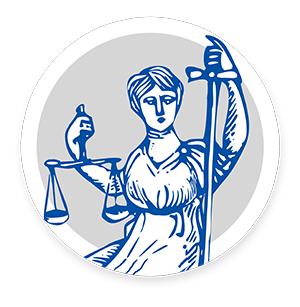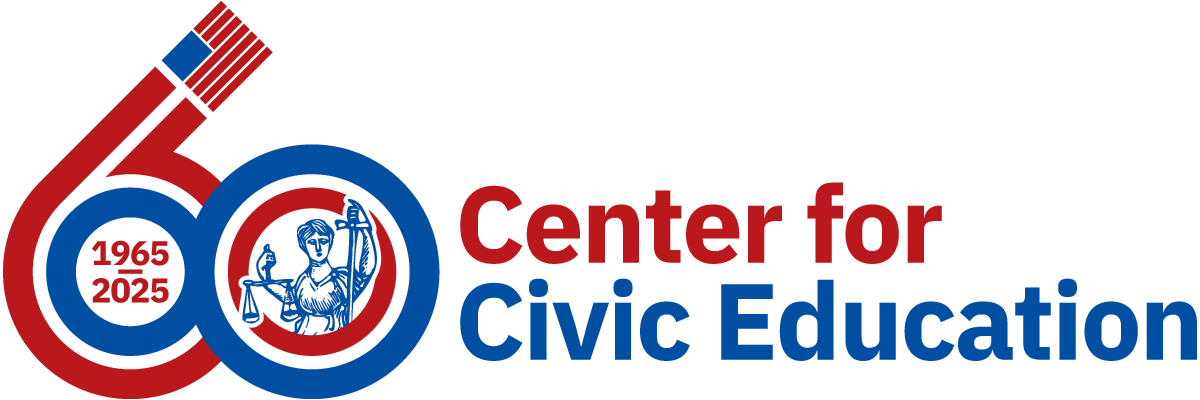|
Music & Movement |
|||
| GRADE LEVEL(S) |
Upper elementary to middle school
|
TIMEFRAME |
3 one-day lessons plus 1 summative assessment
|
|
ALIGNMENTS |
TEXTS/MATERIALS |
||
|
We The People
College, Career, and Civic Life (C3) Framework
|
Day 1
Day 2
Day 3 |
||
|
COMPELLING QUESTION |
|||
| Can music make the movement? | |||
|
SUPPORTING QUESTION(S) |
|||
|
|||
|
LESSON OBJECTIVE |
VOCABULARY |
||
|
|
||
|
TEACHER BACKGROUND |
|||
|
Many students’ exposure to the Civil Rights Movement is often limited to Dr. Martin Luther King, Jr or Rosa Parks. Many are not fully aware of the enormity of all the Civil Rights Movement encompasses. Although our nation recognizes February as Black History Month, it is critical that educators elevate the obstacles faced and achievements accomplished by the many players of the Civil Rights Movement throughout the academic year. Exploring the connection music has had on American protest movements allows students to understand the power of our First Amendment rights to expression, assembly and to petition the government. This lesson is designed to lift up the on-going struggle for civil rights that still plagues our nation today and allow educators to honor diversity and explore the values of equality and justice. Providing students the opportunity to investigate protest movements and songs helps them to understand the power of taking informed action. When educators provide high quality primary source material and opportunities for students agency, we can begin to dismantle misconceptions and preconceived notions. Empowering students to conduct investigations, analyze evidence and make claims based on their research elevates learning and critical thinking skills. Teachers can find additional background support resources as follows:
This lesson contains material about slavery, racism, segregation, inequality, poverty, terrorism, and war, that some students might find offensive or potentially traumatizing. This material has been included in order to provide students with knowledge of the efforts and methods of civil rights campaigners and protest movements, as well as historical knowledge of the civil rights and other American protest movements. A culturally responsive classroom will provide a welcoming and safe environment where students feel comfortable to discuss difficult topics. Ensure students feel comfortable to share appropriate personal perspectives. Consider establishing classroom norms that encourage discussion. |
|||
|
SEL FOCUS |
|||
|
|||
|
ASSESS & AUTHENTICALLY ENGAGE |
|||
|
|||
About
 This site is brought to you by the Center for Civic Education. The Center's mission is to promote an enlightened and responsible citizenry committed to democratic principles and actively engaged in the practice of democracy. The Center has reached more than 30 million students and their teachers since 1965. Learn more.
This site is brought to you by the Center for Civic Education. The Center's mission is to promote an enlightened and responsible citizenry committed to democratic principles and actively engaged in the practice of democracy. The Center has reached more than 30 million students and their teachers since 1965. Learn more.
Center for Civic Education
5115 Douglas Fir Road, Suite J
Calabasas, CA 91302
Phone: (818) 591-9321
Email: web@civiced.org
Media Inquiries: cce@civiced.org
Website: www.civiced.org




